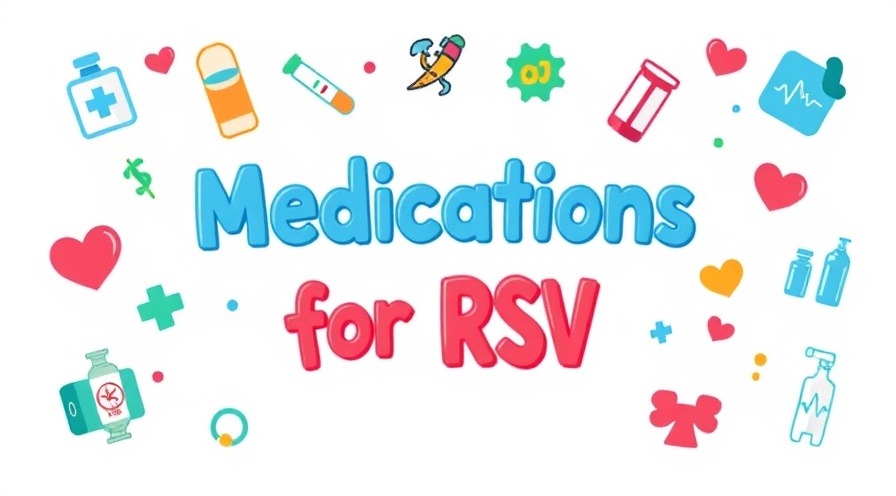
Understanding the Psychology Behind a Child's Tears
Crying is an intrinsic part of childhood, often manifesting as a form of communication that parents must decode. Kids may not yet possess the vocabulary to articulate their feelings, leading to frustration that spills over into tears. Understanding the root causes behind this behavior can empower parents to respond effectively and nurture a sense of connection, rather than confusion.
In Parenting Pro Tip: Turning Crying Into Connection, the discussion dives into the reasons behind children's tears, exploring key insights that sparked deeper analysis on our end.
The Many Reasons Behind Children's Tears
Crying can arise from various sources, reflecting both physical and emotional needs. Common triggers include:
Inexpressible Feelings: Toddlers and younger children often cannot convey complex emotions verbally, resulting in tears as their only form of expression.
Basic Physical Needs: A lack of food, sleep, or sensory overload can quickly translate into crying. Paying attention to these cues and addressing them can prevent tantrums before they start.
Emotional Overload: Kids sometimes feel overwhelmed by their emotions, especially when faced with significant changes or challenges.
Seeking Comfort: Many children cry when they need attention or simply wish to connect with their caregivers. This signifies their trust in you to offer reassurance.
Developmental Sensitivity: Transitions in growth or learning can make children progressively more emotional, heightening their sensitivity to their environments.
Fear and Anxiety: Situations that involve change, such as a new school or unfamiliar faces, can generate feelings of insecurity that manifest as tears.
Effective Responses to Crying in Children
Once the underlying causes of crying are understood, parents can take proactive steps to address these tears with compassion.
1. Stay Calm: When your child is upset, your demeanor impacts their emotional state. Taking a deep breath and maintaining a calm presence can help to soothe their distress.
2. Validate Their Feelings: Acknowledging a child's feelings fosters a safe emotional space. Simple phrases like 'I see you're upset' can help children recognize their emotions as valid.
3. Meet Their Needs: Investigate whether your child is tired, hungry, or overwhelmed. Sometimes, offering a snack or quiet time can effectively mitigate emotional outbursts.
4. Teach Coping Mechanisms: Guiding children through relaxation techniques, such as deep breathing or drawing, provides them with tools to manage their emotions independently.
5. Provide Presence Without Pressure: It's essential to allow your child space to cry and process their feelings without always trying to fix the situation. Your support during these moments cultivates emotional intelligence.
Connecting Through Emotional Moments
Approaching the topic of crying with a mindset of connection rather than frustration can reshape the parent-child dynamic. Emotions are an inherently human experience, and teaching children how to express these feelings establishes healthy communication patterns. By understanding the reasons behind crying, parents foster an environment of empathy and reassurance.
Ultimately, while crying can be a tough aspect of parenting, it also presents opportunities for deeper emotional bonding. The journey of deciphering your child's tears leads to invaluable insights into their needs and feelings, enhancing your relationship together.
In the informative video Parenting Pro Tip: Turning Crying Into Connection, these insights are detailed, showing how understanding the reasons for crying can transform it from a source of stress to an opportunity for connection. At its core, the video advocates for patience and mindfulness in responding to children's emotional expressions.
If you're a parent striving to navigate the complexities of your child's emotional landscape, consider adopting these strategies for a more nurturing approach. Start recognizing those tears as your child's way of communicating their needs.
 Add Row
Add Row  Add
Add 




 Add Row
Add Row  Add
Add 

Write A Comment